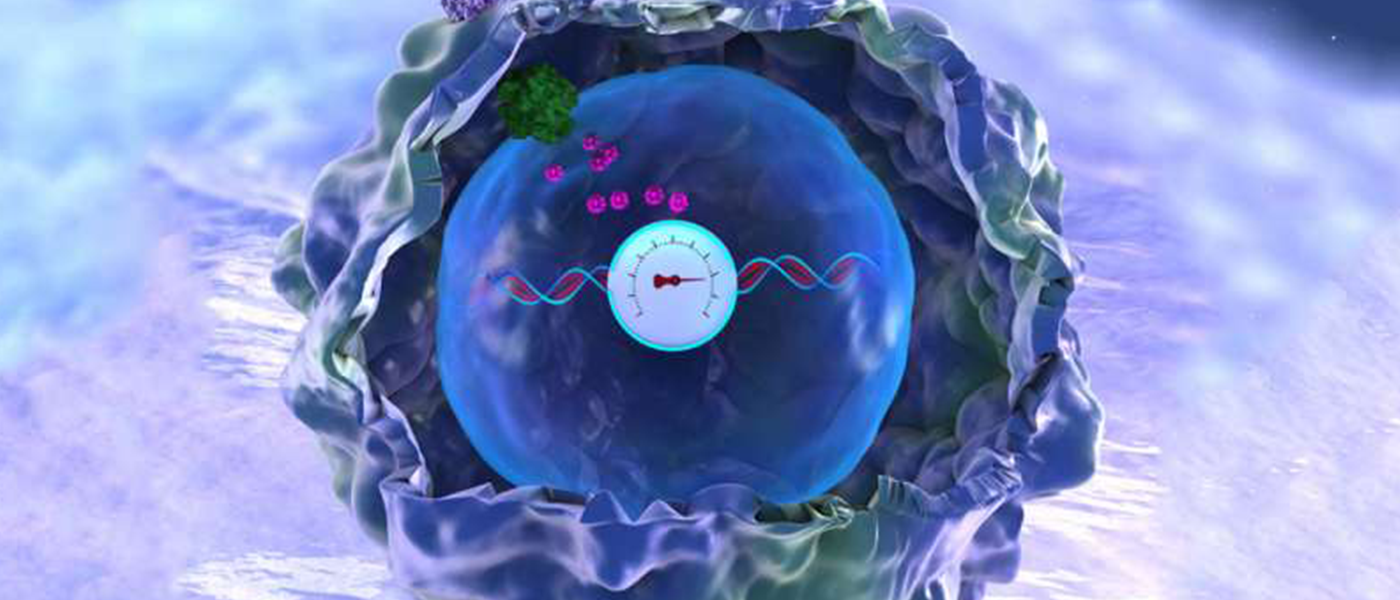A More Complex Memory Capability
For the first time ever, biological engineers from MIT have found a way to make cells “remember” past events. Of course, they can't exactly recite π, but they can remember things such as inflammation—including duration and intensity.
These complex histories can be stored in the DNA of human cells, and they can be retrieved through sequencing. Ultimately, this analog memory storage system paves the way for a better understanding of how cells transform into diverse tissues during embryonic development, how stimuli cause the cells to change, and how other events contribute to disease and development.
Senior author Timothy Lu, head of the Synthetic Biology Group at MIT's Research Laboratory of Electronics, explains the development: "To enable a deeper understanding of biology, we engineered human cells that are able to report on their own history based on genetically encoded recorders."
Although recording digital information in living cells has been done before, previous attempts could only record occurrences, not the exposure level and duration.
Self-targeting Guide RNA
CRISPR (clustered regularly interspaced short palindromic repeats), also known as Cas9, is a process more commonly known for gene editing. Recently, it was found that CRISPR could actually be tweaked for memory storage. Notably, it can also be used so that a system of bacteria can record past viral infections, recognize them should they recur, and effectively fight them off.
And the team took that to their advantage by using a very clever mechanism.
They designed “self-targeting guide RNA”—guide strands that recognize the same DNA that guide them. The DNA is cut, inducing a mutation that is permanently recorded into the sequence and which eventually generates a new guide RNA strand. This new strand then directs Cas9 back to the already mutated original DNA, causing the process to repeat over and over, generating further mutations.
This goes on for as long as Cas9 is active or the self-targeting guide RNA is expressed. It is the number of these accumulated mutations that then give away the exposure level and duration to a stimulus, as they observed in their experiments with a cell signaling protein called tumor necrosis factor alpha (TNF-alpha).
"This is the rich analog behavior that we are looking for, where, as you increase the amount or duration of TNF-alpha, you get increases in the amount of mutations," Samuel Perli, one of the study’s lead authors, says.
The researchers had to lengthen the sequences from the usual 20 to 40 nucleotides, since a lot of the mutations cause part of the DNA sequence to be deleted. Their experiment, however, yielded positive results in recording inflammation in mice.
Longer sequences, with 70 nucleotides, were also designed for longer records of biological signals. The researchers say that further development could allow them to engineer cells to produce multiple self-targeting RNA guide strands per cell.
The finding would yield better monitoring systems for both medicine taken and infection, such as cancer progression, apart from the previously mentioned monitoring of embryonic development.
Share This Article
